Classification of wines, importance for the amateur or initial consumer
You sure have tasted wine sometime in your whole life, and it’s very likely that you have a little idea about the different types and varieties of wine available on markets. But whatever your level as a wine connoisseur is, whether you are an amateur or an expert, it’s very important to have enough knowledge on wines field, to know how to choose the right ones and the moment to buy them as well.
In this regard, you can count on the specialists at the “finding.wine” wine store; to get the best advice on wines, with the most accessible prices, and also making easier to get them by having the option of physical or online purchase. They can also help you get started in the fabulous world of wines, it’s a long road to become and expert but surely one very satisfying and rewarding
This is way more important if you are beginning to specialize as a wine collector, this article is focused on that person who is giving their first steps in the exciting world of wines. You may be wondering how these amazing beverages are ranked and why there is so much variety in their rankings.
Different classifications of wine
By color
Color is a distinctive feature of wine. It also describes the type of raw material used in the process. It’s common to include color as an aspect in the classification method. The most common colors of wines are:
- Red: many wines are considered red. But not all of them are literally red because their colors can range from bright red, light red, dark red, and purple. Some of the most popular types of red wines include Cabernet Sauvignon, Merlot, Shiraz, and Pinot Noir.
- White wines: they are also made from grapes, but the main difference is that they are fermented without the pomace, which almost always have an influence in the must color. There are four different shades of white that you can find on white wines. These are clear, yellowish, straw-gold, and watery. The tones that these wine acquire are usually caused by the effect of the wooden barrels where the wines are left to mature.
- Rosé Wines: rosé wines get their rosy color from the black grape pomaces that are fermented. Rose wine producers include the grape with the juice during the fermentation process, allowing the juice to turn pink.
By residual sugar content
Different varieties of grapes produce different levels of sugar content immediately after the fermentation process. Wines of this type are classified into three basic types, which are: sweet, semi-dry and dry.
- Sweet: as the name implies, sweet wines have high levels of residual sugar and their flavor is… sweet.
- Semi-dry (also known as off-dry): these wines have lower remaining sugar content than sweet wines, but as well, they’re sweeter than dry wines.
- Dry: dry wines have the lowest sugar content and have the strongest flavor among the three types.
By carbon dioxide content
The wines can be classified as sparkling or still. This is determined by the presence or absence of carbon dioxide which causes some types of wine to bubble when their bottles are opened.
- Sparkling wines: those are the ones that produce bubbles. Champagne and Cava are the most known ones. Sparkling wines go through a complex fermentation process that involves sugar and yeast to produce carbon dioxide, and thus, cause the abundant bubbles.
- Still wines: they do not contain carbon dioxide and do not produce bubbles.
By alcohol content
The wines can be classified into light-bodied, medium-bodied or full-bodied according to the amount of alcohol they contain. This is the most popular grading method among wine lovers.
- Full-bodied: they generally have a high amount of alcohol and also a strong impact on the palate.
- Medium-bodied: They have a lower alcohol content than their full-bodied counterparts, but more that the light-bodied.
- Light-bodied: they have the lowest alcohol content and do not have much impact in the mouth. They are appropriate for beginners.
Now that you know the most common factors used in the classification of wines, you can make your own classification based on your own criteria.
By grape varieties
There is a huge amount of grape kinds, that it would be impossible to cover all of them here, so we’re going to talk about some ones:
- The Chardonnay grape is one of the most widely used around the world for the production of white wines. It’s currently cultivated in countries such as the USA and Spain.
- The Merlot grape is a type of grape very common when making red wine, popular on both, France and Italy. It combines perfectly with the Cabernet-Sauvignon variety and is very suitable for making young wines.
- Cabernet Sauvignon it’s probably the most widespread French grape and most used in many of the best red wines in the world. It provides a pleasant acidity to the wine, and also ages extraordinarily well in barrels, for this reason, it is widely used in blends (varietal blends), to give wines greater structure and durability.
Are the definitions of wine classification and wine categorization the same (or almost)?
There has been a lot of debate about the classification of wine and the categorization of wine, in fact, we have found that both terms are used interchangeably, here we will briefly explain each one.
The wine categorization is carried out by:
Vintage wine: vintage wines refers to a specific year where the grapes were harvested and not the year the wine was bottled as anyone could easily misunderstand.
No Vintage: These wines are made from grapes from different vintages from different years.
Quality: Wine valley regions around the world have made many attempts to use quality as a categorization of wine, but they have never really adapted.
Region: This is where the grapes are grown and the wine is made. Champagne is only grown in the Champagne region of France, and Port is the only wine grown in a certain valley in Portugal. Some wines are now being recognized for the vineyard's location, such as Willamette Valley, Napa Valley, and Marlborough.
There is also a classification for wines that depends on the occasions when its consumed:
- Aperitif wines: Herb or spice wines served before meals.
- Dessert wines: sweet wines, generally fortified.
- Pop wines: mostly cheaper sweet fruity wines
- Sparkling wines: bubbly wines, like champagne
As you can tell, it’s important knowing several aspects of wines and their making, as well as know classification and categorization of them. If you want to know even more information about wines, feel free to visit our wines blog.


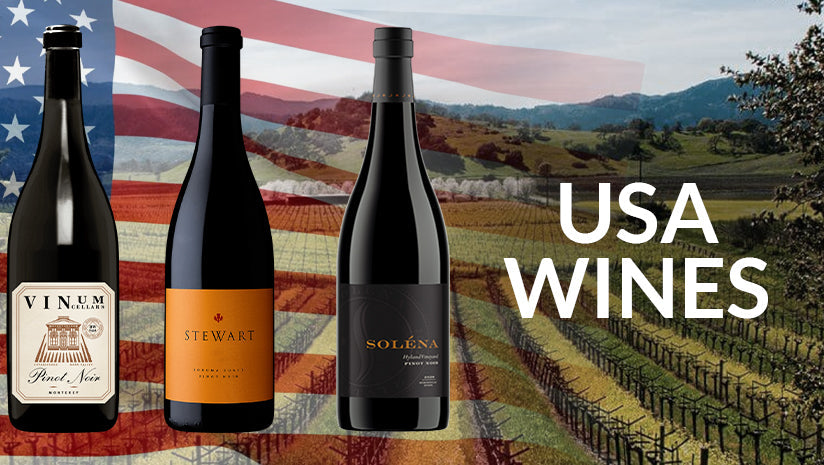
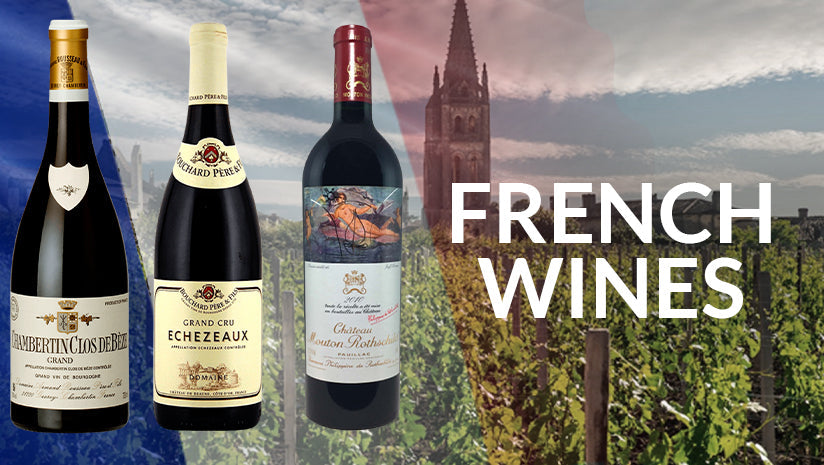
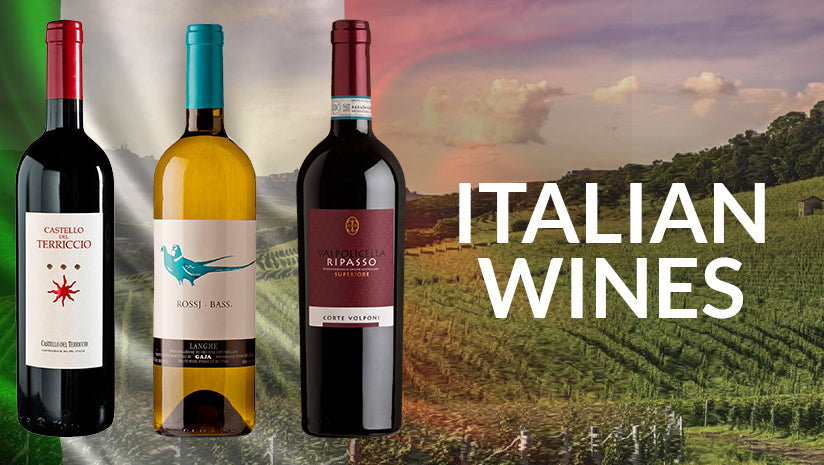
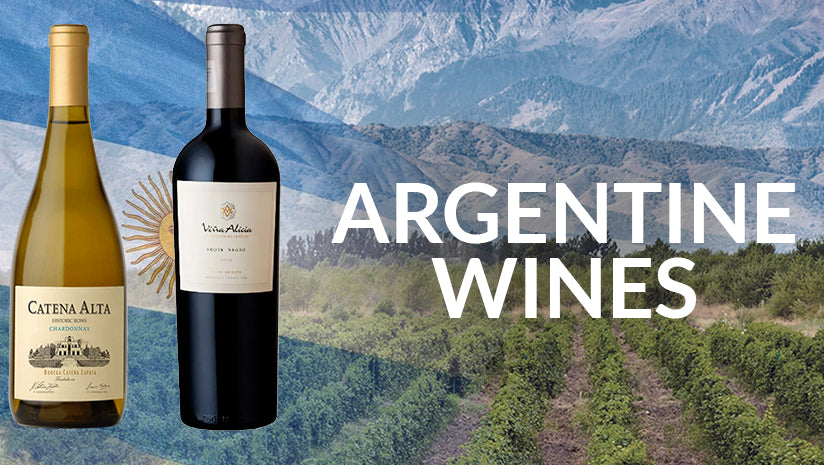
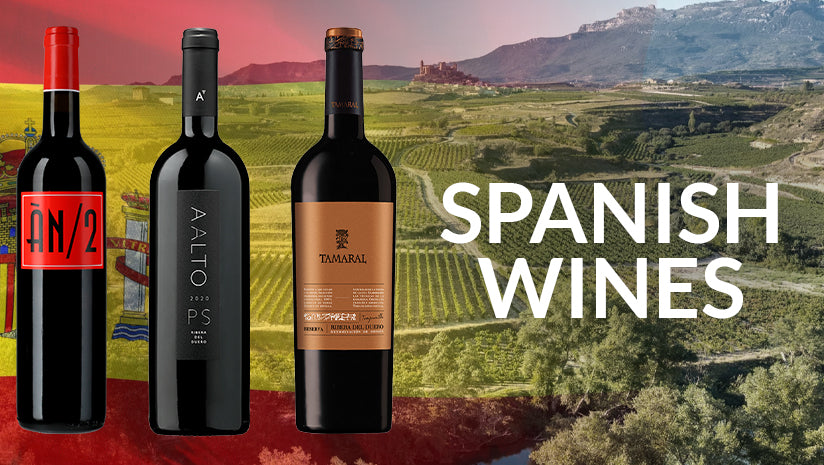
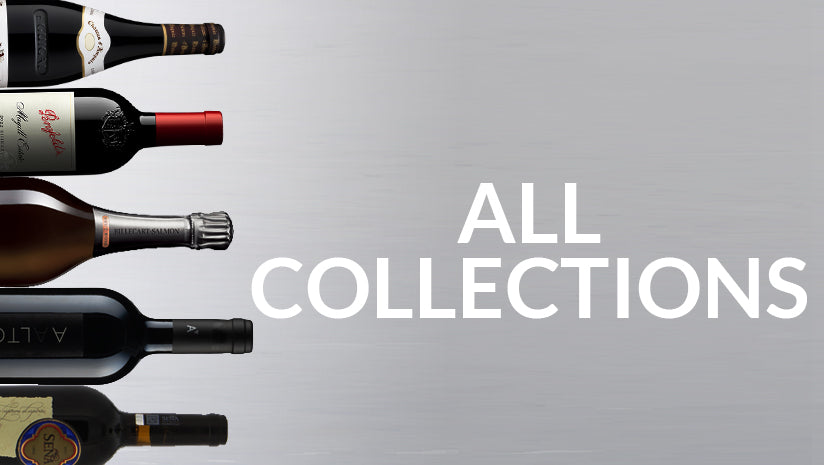
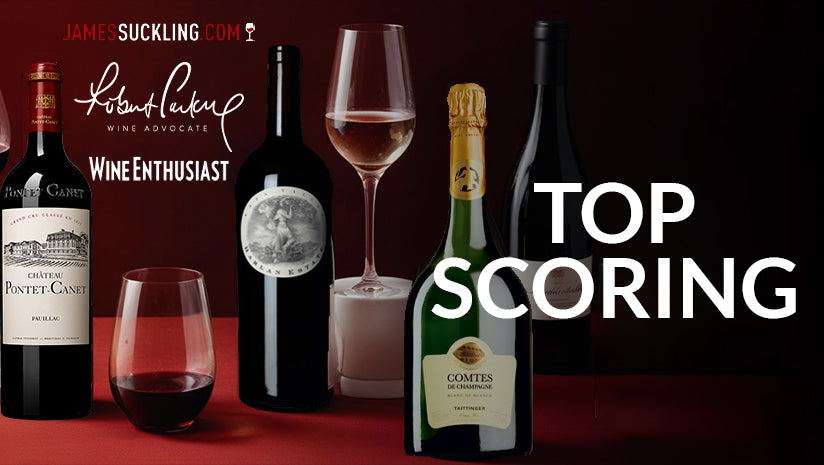

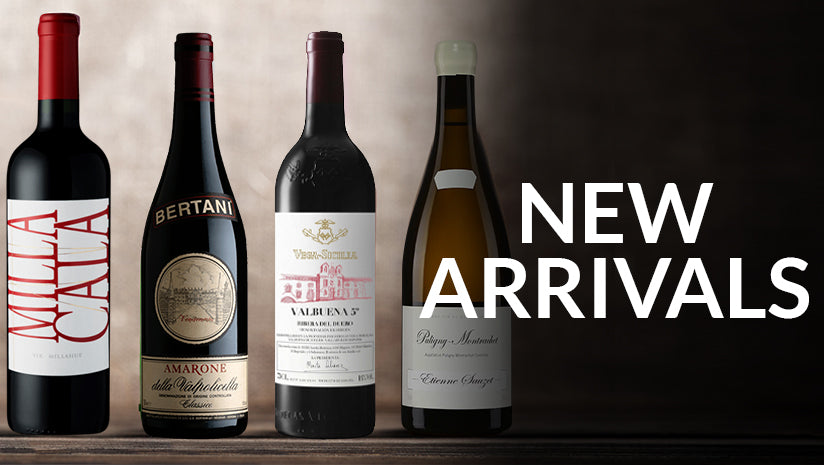















I am a beginner, hopefully, to become an internet retailer I need to know more, this is a great start.
Leave a comment